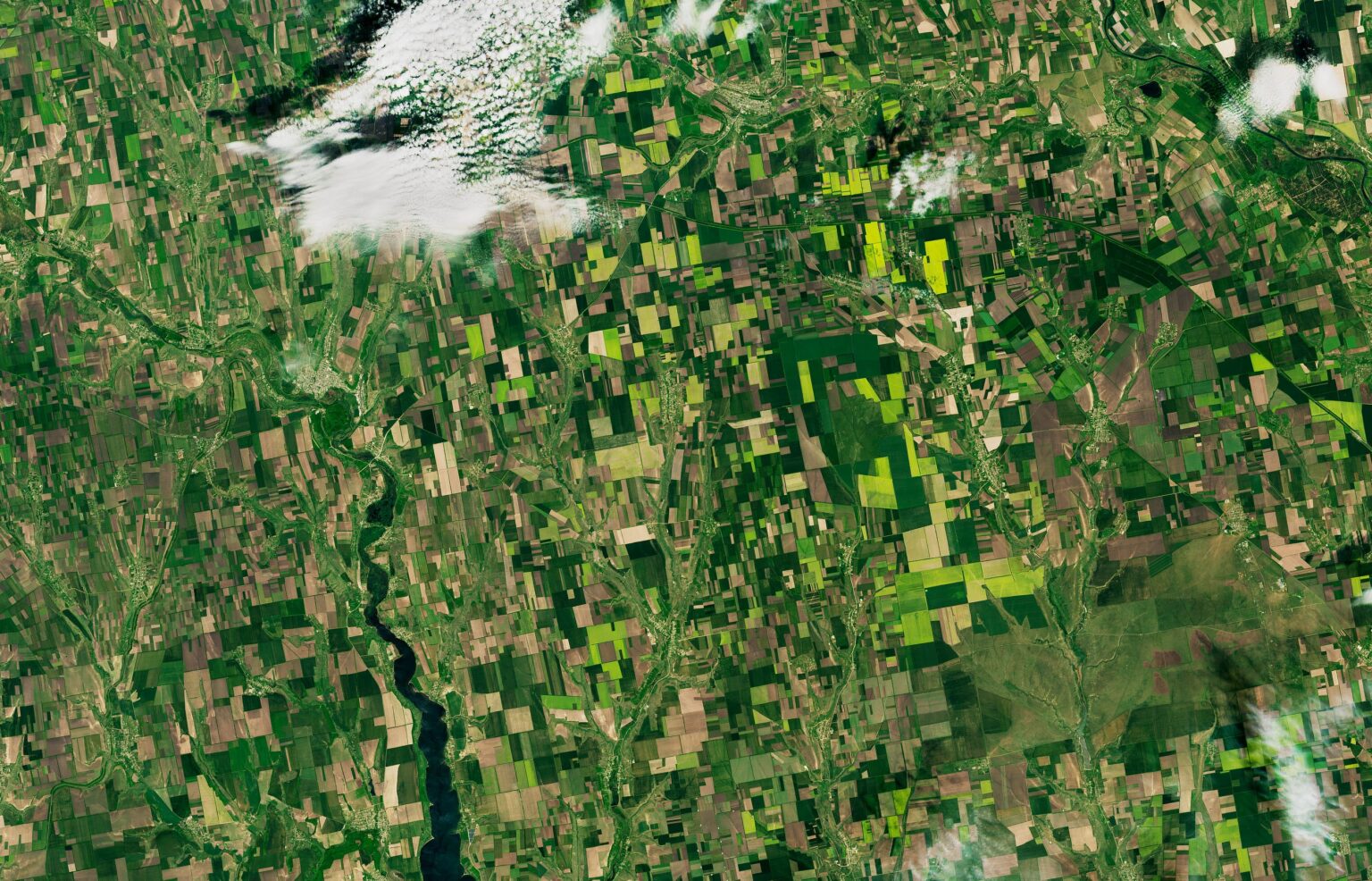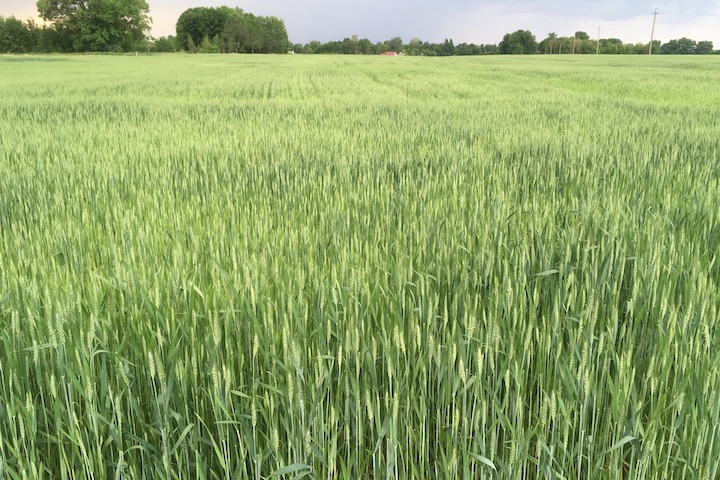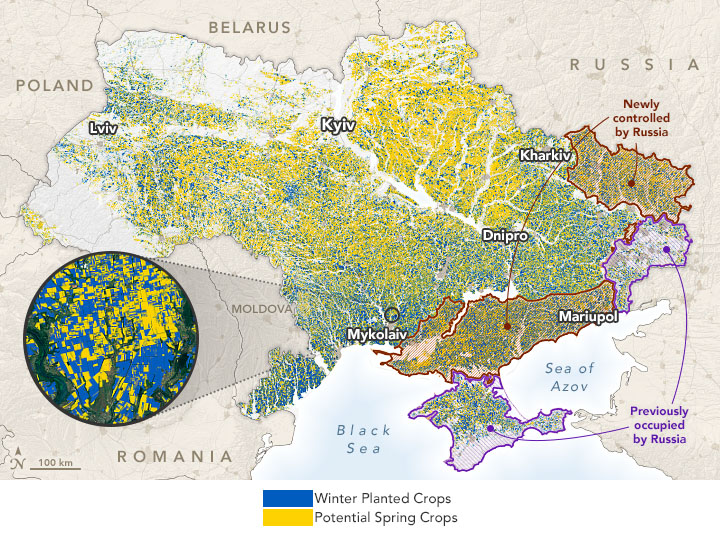Scientists from the NASA Harvest program monitor the situation with grain harvesting in Ukraine using satellites. They note that with the start of the war, one of the world’s main food exporters may lose a significant part of its harvest.

Scientists monitor the situation with Ukrainian grain
Harvest is a NASA program aimed at creating a system for satellite monitoring of grain cultivation. The scientists involved in it collect a variety of economic, social and environmental data that can tell about the possibility of providing humanity with products. But their main source of information is satellite images.
Now Harvest and its head Inbal Becker-Reshef use satellites of the American company Planet Labs and European Sentinel-2 devices. And their main attention is focused on the situation in Ukraine. It supplies 46% of sunflower oil, 9% of wheat, 17% of barley and 12% of corn to the world market.
But now Russia has attacked Ukraine, and this has numerous consequences for local farmers. First of all, they consist of the inability to process fields. Some of the farmers went to war, some were killed by the Russians, some went abroad. The agricultural machinery park was also badly damaged.

Oddly enough, all this is visible even from space. After all, when the field is not harvested in time, so that, on the contrary, it is not sown, then all this is seen by satellites. In addition, it must be remembered that even if Ukrainian peasants are ready to harvest, their fields may be located near a combat zone or even on enemy-occupied territory.
Ukrainian grain on the satellite map
In order to summarize the data on the possibility of supplying Ukrainian grain to the world, Harvest created a satellite map of Ukrainian fields. On it, they indicated where winter crops were sown, and where spring crops were sown. Accordingly, they know approximately where the harvest should have already taken place, and where it needs to wait. And if somewhere this process does not happen on time, it may mean that it is impossible for some military reasons.

In addition, the map developers do not forget about those territories that are now under the criminal control of Russia. Now the two countries are fighting for the world grain markets in parallel with the military confrontation.
Russia steals Ukrainian crops and exports them to other countries through the ports of Crimea, mainly to Syria. Thus, the Kremlin is trying to create the appearance that they are feeding the world. In parallel, the terrorist country is launching missile strikes at grain terminals in the south of Ukraine.
According to Harvest, 22 percent of Ukrainian fields are now under Russian control. This includes 28% of winter crops and 18% of spring crops. This difference is caused by the fact that spring crops are more widespread in the northern and central regions of the country.
What to expect in the future
Harvest scientists have already analyzed precipitation and temperature in Ukrainian fields during the months of the war. They believe that in favorable conditions it would be possible to harvest a large amount of grain. The ARYA crop prediction method helps them in this. It analyzes satellite images of fields and checks them.
But will Ukraine be able to harvest from fields where mines and unexploded shells still lie? ARYA cannot track these factors yet. But food prices on the world market have been in a fever for months. They have risen by 10 percent since the beginning of the year and have almost doubled compared to 2019.
On June 30, Ukraine was able to dislodge the Russians from the lying Snake Island near the sea trade route. But whether this means that Ukrainian grain will reach consumers is still unknown. More than 30 countries that are consistently in food danger have now greatly reduced their grain stocks.
If they go hungry, it will inevitably affect other countries. If the war and the resulting grain crisis continue, literally every person on Earth will soon feel the lack of food.
According to earthobservatory.nasa.gov
Follow us on Twitter to get the most interesting space news in time
https://twitter.com/ust_magazine

